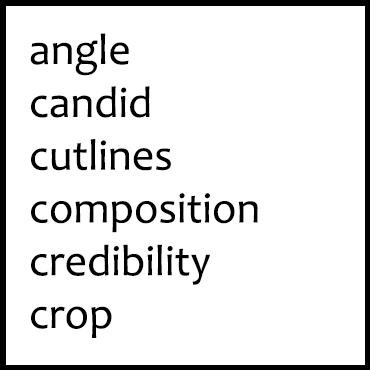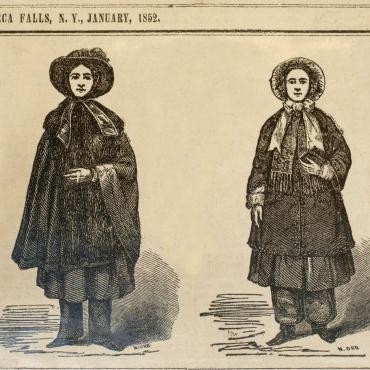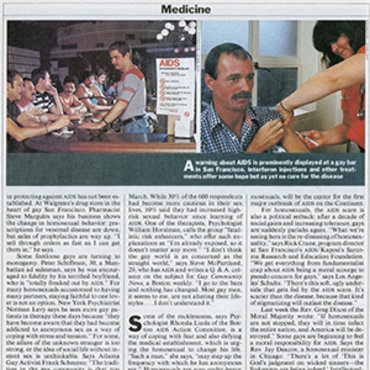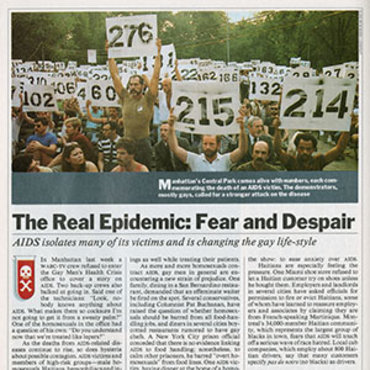
Lesson Plan
Photo Ethics: Photojournalists’ Code of Ethics
This activity introduces students to the standards expected of photojournalists in their daily work.
Get even more great free content!
This content contains copyrighted material that requires a free NewseumED account.
Registration is fast, easy, and comes with 100% free access to our vast collection of videos, artifacts, interactive content, and more.
Sign Up
?
NewseumED is provided as a free educational resource and contains copyrighted material. Registration is required for full access. Signing up is simple and free.
With a free NewseumED account, you can:
- Watch timely and informative videos
- Access expertly crafted lesson plans
- Download an array of classroom resources
- and much more!
Duration
30-60 minutes
Topic(s)
- Journalism
- Media Ethics
Grade(s)
- 6-12
- Individually or as a class, read the National Press Photographers Association Code of Ethics.
- Have each student or small group find five examples of photographs that do or do not comply with the ethical standards. Look for examples in newspapers, magazines and online.
- Have each student write a brief paragraph explaining why each photo shows the standard being implemented or shows a lack of the standard. Remind students to attach the examples to their writing.
- Have students share their findings and look for similarities.
- National Press Photographers Association Code of Ethics handout (download), one per student or small group
- Photojournalists’ Code of Ethics worksheet (download), one per student or small group
- Newspapers, magazines or online access to news websites
- Did most photographs follow the code of ethics?
- Was it difficult to find examples that violated the standards?
- Which standards, if any, were violated most often? Why do you think that is?
- Why is it important for photojournalists to maintain standards?
-
Common Core State Standards: CCSS.ELA-LITERACY.CCRA.SL.2
Integrate and evaluate information presented in diverse media and formats, including visually, quantitatively, and orally.
-
National Council of Teachers of English: NCTE.12
Students use spoken, written, and visual language to accomplish their own purposes (e.g., for learning, enjoyment, persuasion, and the exchange of information).












































































